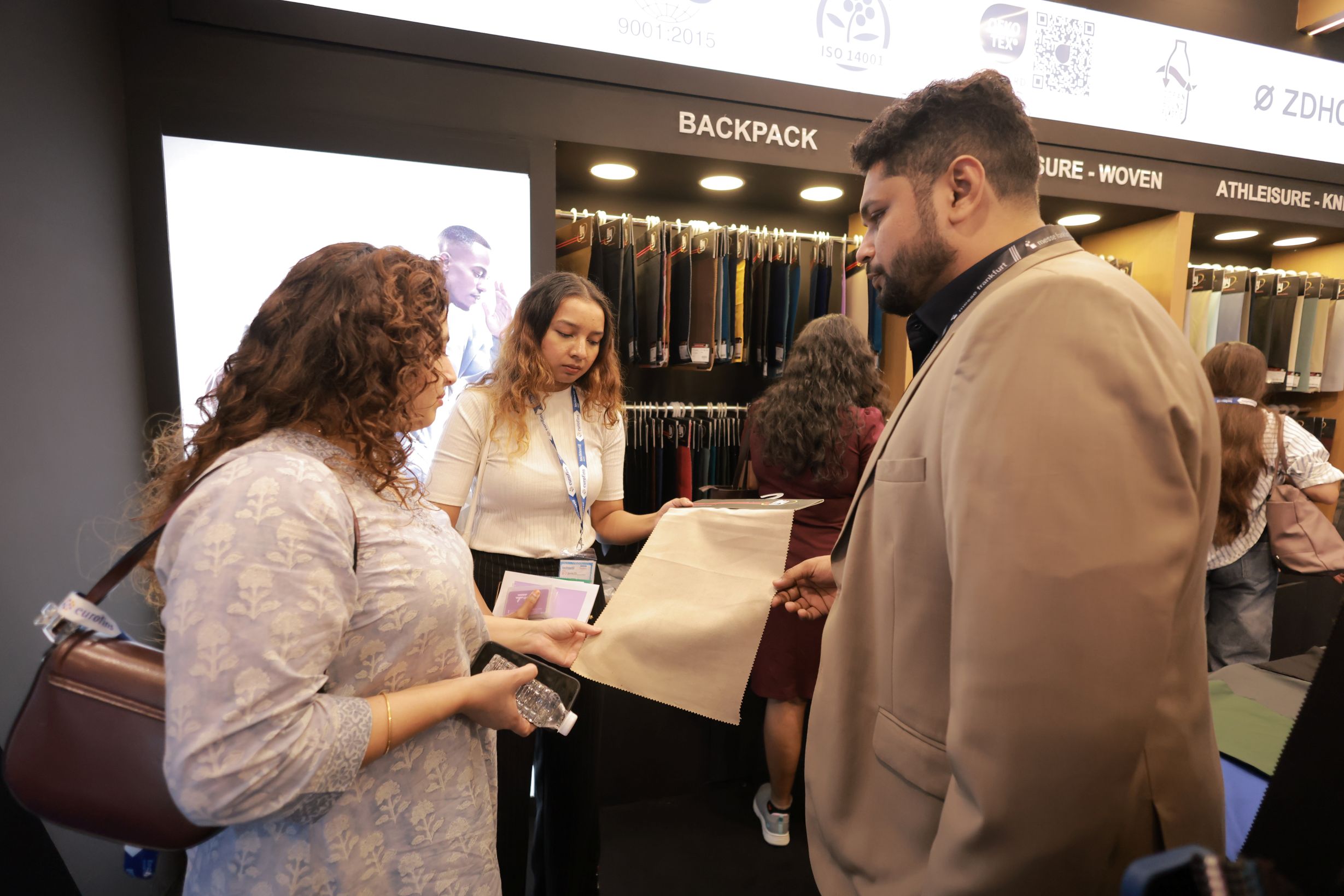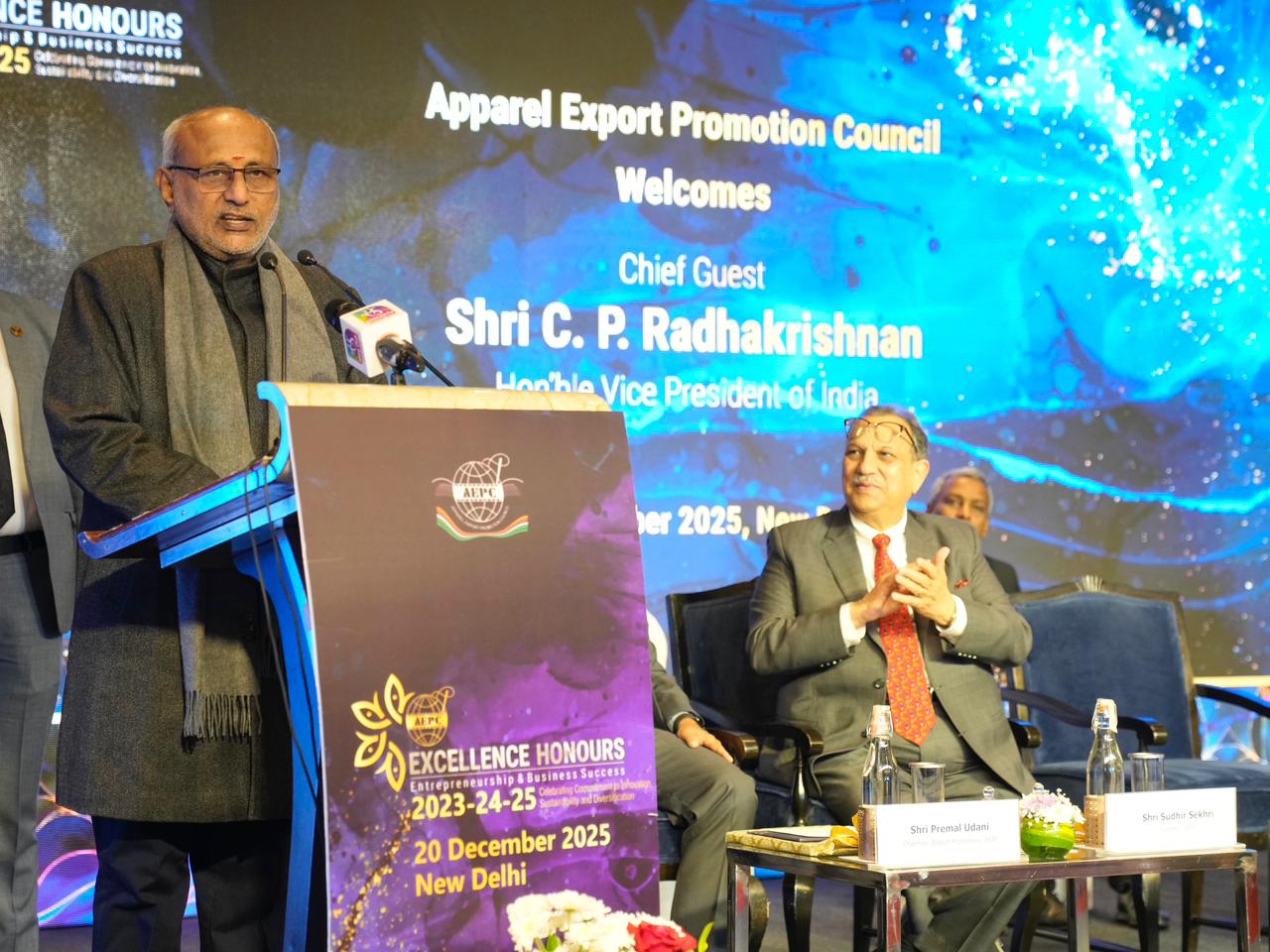Garment workers in Myanmar are struggling to cover everyday living costs while factory owners enjoy the surge in demand from global fashion brands. The minimum wage barely covers the cost of food. Ten years in the garment industry, workers live in dorms and can’t afford a place of their own.
Most garment workers report working up to 11 hours a day, six days a week. There are horror stories like workers choosing not to drink too much water so they don’t have to use the bathroom as they will miss out on bonuses. Workers face bad working conditions and health. There is an overwhelming number of workers who don’t know their rights. A report from Burma’s Women Union, published some months ago, revealed workers from nine factories that supply H&M, Marks and Spencer and C&A who face a cycle of poverty and debt.
Garment manufacturers are moving from Bangladesh and China to take advantage of cheaper labor in Myanmar. Many business owners view the minimum wage – which is the second lowest in the region after Bangladesh – as a maximum price rather than a floor price. They prefer paying the minimum wage rather than a living wage.
The biggest issue that workers report is companies’ blatantly ignoring labor laws. This has resulted in a rise of workers’ protests, which is starting to see results. Still many fear losing their job for raising their voice. That is why NGOs like international women’s organisation The Circle is calling for fashion brands to acknowledge the right to a living wage as a fundamental human right. They are calling for a global pact among brands taking responsibility to pay workers a fair wage in the factories they use.
Myanmar garment workers exploited
- 1
- 2
- 3
- 4
- 5
- 6
- 7
- 8
- 9
- 10
The Global Trade Landscape- Sourcing Reset, Resilience, Revolution: Macro driver…
The Great Pull-Forward: A 2025 retrospective The global textile and apparel industry spent much of 2025 in a state of hyper-vigilance.... Read more
Amazon built a $79 bn apparel empire, now it must learn to be a brand
For over a decade, Amazon has reigned over American fashion with a formula built on convenience, scale, and aggressive pricing.... Read more
India’s T&A sector navigates a "Mixed Bag" first half in FY26
The Indian textile and apparel industry is currently weathering a period of complex recalibration. According to the latest Wazir Textile... Read more
Techtextil 2025: Mapping India’s transition to a global hub for value-added tech…
The conclusion of the 10th edition of Techtextil India in Mumbai marks a definitive transition for the country’s textile landscape,... Read more
China Wave returns to Pitti Uomo 109: Bridging the gap from global factory to de…
The landscape of international menswear is witnessing a structural shift as the ‘China Wave’ initiative returns to the 109th edition... Read more
The Second Life of 3D: Why this tech is more alive than ever in fashion
The fashion industry is no stranger to cycles of hype and disillusionment, and 3D technology has been no exception. At... Read more
VP Radhakrishnan urges modernization and FTAs as India’s apparel exports surge 1…
Highlighting the textile sector's role as India's second-largest employer, Vice President C. P. Radhakrishnan called for a strategic push toward... Read more
Indian Rupee’s Breach of 90: A double-edged equation reshaping India’s ‘Fiber-to…
The Indian rupee’s historic slide past the ₹90.43 per dollar mark in late 2025 has forced a fundamental recalibration across... Read more
Can cotton duty relief blunt US 50% tariff hit on Indian apparel?
The Confederation of Indian Textile Industry (CITI) has issued a high-stakes call to the government, asserting that the permanent removal... Read more
The Great Sourcing Shuffle: Why tariffs failed to bring manufacturing back to th…
When Washington set out to ‘reclaim manufacturing’ through punitive tariffs, it was envisioned as a patriotic reset one that would... Read more












